Is reverse dieting your secret method to be able to recover from dieting and disordered eating… while minimizing weight gain?
Reverse dieting – first made popular in bodybuilding – is also being used in other areas, including recovering from chronic dieting, anorexia recovery, and helping to get periods back.
In this article, I’ll be covering what reverse dieting is, contrasting that with a popular alternative to reverse dieting, and covering what I actually recommend for metabolic repair as an Intuitive Eating dietitian.
I’ll also provide some deets about how to repair metabolism damage in a healthy and non-obsessive way… without counting a single calorie or macro!
First off, let’s cover what reverse dieting is.
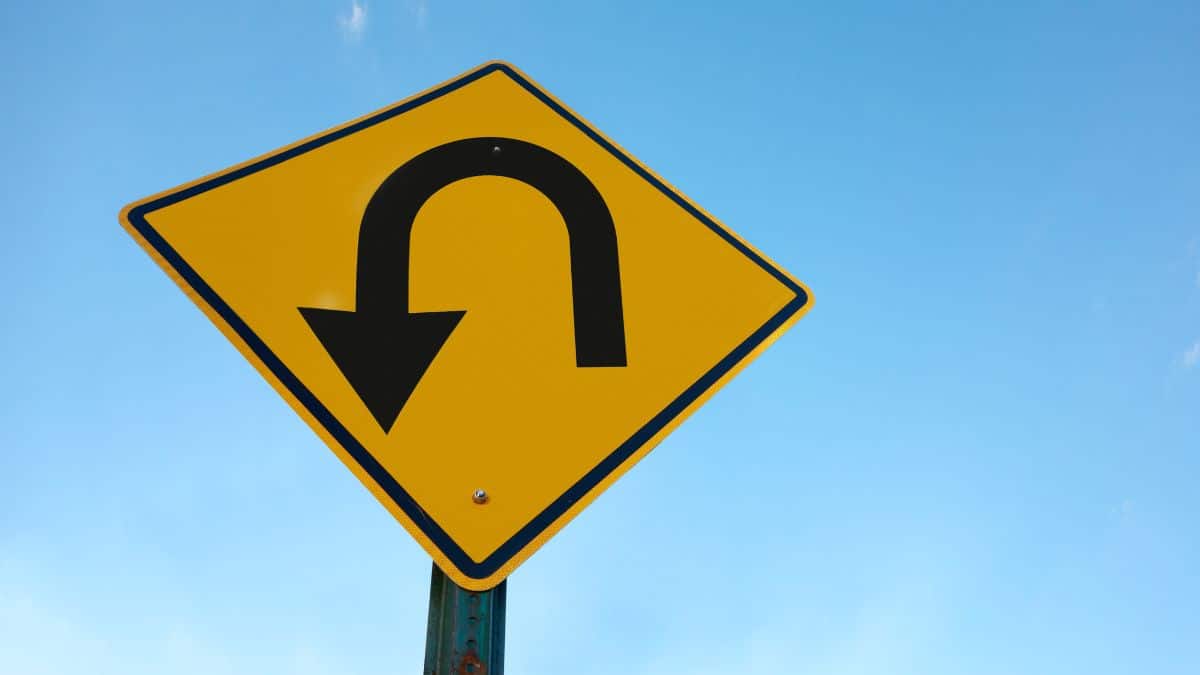
Quick Overview of Reverse Dieting
So…how does reverse dieting work?
Reverse dieting is a strategy that is used to optimize your metabolism after a period of restrictive eating…like in prep for a bodybuilding competition. The big idea is to have a careful increase in your food intake over time so that your metabolism – which might be stunted because of the restrictive dieting – can rev back up.
Essentially, when we restrict food for prolonged periods of time our metabolism (how much energy our bodies burn) slows down. This is what some people call “metabolic damage”.
FYI I have an entire blog post on how to fix a damaged metabolism that goes over why it happens. Reverse dieting is simply one specific tactic that is reported to “fix” it.
And even though it is called “reverse dieting”, it is still a diet.
Reverse dieting originally comes from the world of bodybuilding, though has recently gained popularity among those who have a history of ‘yo-yo’ dieting and disordered eating and with anorexia recovery. This is more up my alley as I am an ex-dieter myself, who, for a long time, didn’t have my period. Reverse dieting is one strategy that you can use to get your period back.
For bodybuilders, how does reverse dieting fit into their goals? Let’s chat about that next.
The Reverse Dieting Cycle
What is the life of a bodybuilder like? Their eating and restrictions are all centered around their competition events. The goal? A very specific, chiseled physique (and a whole lotta spray tan).
Typically bodybuilders go through three phases:
Bulking
During the off-season, bodybuilders ‘bulk’ or grow muscle by eating a “balanced” diet with the necessary protein and strength training needed to increase their muscle mass.
Bulking is the process of building muscle. Lots of protein intake in combination with lots of strength training exercise. Sometimes people ask if reverse dieting is the same as bulking, but they’re actually different strategies to manage your intake: they’re not the same.
FYI, there are different types of bulking: “clean” and “dirty”. Be sure to check out my blog post on clean vs dirty bulking here for more on those.
Cutting
Cutting is a period of typically extreme food restriction in order to have rapid fat loss (and even extreme dehydration) to maximize the look of muscles.
Bodybuilders cut their calories while consuming enough protein to maintain their lean body mass, but break into their fat stores for energy to produce a “competition-ready” low body fat.
Reverse dieting
Following a competition, bodybuilders reverse diet by slowly increasing their food portions while strength training. This grows the body’s ability to gain muscle mass while minimizing fat gain.
Reverse dieting helps the metabolism to rev back up after the cutting phase.
Rinse and repeat
Then, if they want to compete again they go back to the beginning of that cycle: bulking, then cutting, then reverse dieting.
Reverse dieting has recently become more popular thanks to the work of Layne Norton, Ph.D. The thought is that if one slowly and incrementally adds calories over time, they’ll be able to maintain their fat loss and lean body mass.
Now that we know how reverse dieting fits into the bodybuilding lifestyle, let’s dive a little deeper into what it actually is. There are five main pillars to reverse dieting.

The 5 Pillars Of Reverse Dieting
First up? Tracking. Lots and lots of tracking.
1. Tracking Food Intake
For reverse dieting, your food intake is closely managed and monitored. This can be accomplished via counting calories, macros, or portion sizes.
2. Determining “Maintenance”
Adjustments in one’s diet are made slowly over time in order to see how the body reacts. Do you lose, maintain, or gain? The goal is to find everyone’s unique “sweet spot” where they feel fueled and can perform in the gym.
3. Determining your Macronutrient Balance
Not only do you need to know your total “best” calorie intake, but you’re also supposed to manage the ratios of protein to carbs and fats. In reverse dieting, folks typically start with protein.
Once the protein goal is set, reverse dieters can manipulate their carbohydrates and fats to make up the rest of their caloric needs. How this is done differs between people and plans.
4. Choose Rate of Progression
Once you determine your “starting point” it’s time to decide on how many calories to add at a time. Some people will increase faster than others. Many people add 50-150 calories per week to their typical baseline intake. This could be as simple as a little more food at each meal, or an extra small snack each day.
5. Monitor Progress and Adjust as Needed
With the information gathered about your intake as you learn about your body and its metabolism, you can work to monitor your progress in your workouts and energy throughout the day. The goal is to hit a “sweet spot” where you’re energized and can fuel your workouts.
Honestly, reverse dieting kinda reminds me of that TV show “The Price Is Right.” You want to get as close as you can to that “sweet spot” without going over.
And now for the million-dollar question: does reverse dieting cause weight gain?
Does Reverse Dieting Really Work?
What people really want to know is if reverse dieting can cause muscle gain instead of gaining fat and raise your metabolism.
So, does it work?
A bit.
Think of your metabolism like a fire. Reverse dieting works to “stroke” that fire allowing it to burn brighter and bigger.
Reverse dieting does “work” in terms of increasing metabolic rate and repairing metabolic functioning. However, it is not a magical cure-all nor is it the only way (we’ll get to the other options in a second).
And? It’s a VERY slow process.
The calories that are being added are so few that it’s going to take a long while for your metabolism to improve. So while yes it “works” it’s not necessarily the most “efficient” way to repair your metabolism.
There is currently not much research done on reverse dieting at this time (let alone for use in a general population) but it is an application of what we do know about human physiology and biology: our metabolism acclimates to what we give it.
And the thought is that by going “low and slow” with increasing intake we can favor preserving lean muscle mass vs adding fat mass. But, that “low and slow” might have some not-so-favorable trade-offs…dun dun dunnnnnn.
The Downsides Of Reverse Dieting
For those with a history of a poor relationship with food and/or disordered eating, I would say that reverse dieting is not for you.
Counting calories and tracking your intake can cause more harm than good on your journey to finding food freedom and becoming an intuitive eater.
If you’re interested, here is my full post all about How To Stop Counting Calories For Good.
What’s the big deal?
The potential harm here is that reverse dieting could keep you trapped in “pseudo recovery” from disordered eating and not truly allow you to find the food freedom you deserve…even though your intentions are to let go of food rules and promote a healthy metabolism, you’re still hyper-focused on tracking and numbers instead of building a trusting and honest relationship with your body, eating and food.
Gorgeous, you deserve to have a great relationship with food and your body. Reverse dieting can likely cause harm to your relationship with food and body. It kinda acts like a “crutch” for disordered eating patterns.
Here’s what surprised me as I was recovering from my own disordered eating: gaining fat is not necessarily a bad thing. Fat does not automatically mean unhealthy! I talk about this more in my blog post on Health At Every Size (HAES), but the big idea is that weight is an inaccurate measure of health.
So, if you’re saying “I need to reverse diet to minimize fat gain to be healthy” you might want to think again (and check out that HAES post).
Fact: After restricting food our bodies WANT to pack on more fat, it’s a normal phenomenon that’s explained by the set point weight theory.
Now, that doesn’t mean that the principles around reverse dieting are wrong. We know that our bodies need more energy in order to repair metabolic damage and work towards finding food freedom. That’s great info! But it can be applied in other ways without being so tightly controlled, counting calories/macros, and focusing on physique.
So…what do I recommend instead? Let’s explore the alternatives to reverse dieting that may be a better fit for diet recovery and disordered eating recovery.
Is Going “all-in” Better than Reverse Dieting?
Some people consider going “all-in” a better way to repair your metabolic rate…not to mention your relationship with food and eating. Here is an overview of what the all-in diet is and my review as a registered dietitian.
What does going “All-In” mean?
Another popular alternative to reverse dieting is going “all-in”. Essentially, this is a more drastic, faster increase of calories with no restrictions or expectation to eat “clean”. This method is said to work faster with repairing metabolic damage as opposed to reverse dieting since you’re increasing your calories much faster.
I go over the true “all-in” approach in more detail in my post on how to get your period back but there are 3 important pieces of the “all-in” approach:
- Eating a minimum of 2,500 calories per day
- Taking time off from exercise
- Reducing stress
This approach is less focused on maintaining lean body mass and is used more in the general population to fix metabolism, hypothalamic amenorrhea, and chronic dieting. It’s not physique focused, as reverse dieting typically is.
The all-in method was not born in the gym. The “all-in” approach was developed as a treatment plan for hypothalamic amenorrhea, aka, losing your period because you’re in a state of too few calories either by exercising too much, eating too little, or both. The “all-in” method was created by Dr. Nicola Rinaldi, the author of No Period. Now What?
It was made popular by YouTuber Stephanie Buttermore who went “all-in” to fix her extreme hunger and improve her relationship with food.
My Thoughts On The “All-In” Approach
I think that the all-in approach can give great guidance, especially for those who are looking to regain their periods. However, when people apply it as a way to become an intuitive eater I have a few words of caution.
Many people who apply this approach as a way to become an intuitive eater can turn it into another form of a diet rather than use it for its intended purpose: learning to fuel your body adequately and repair your biological function.
Misusing the all-in approach, they can turn it into the donuts, ice cream, and pizza diet because that’s what they think it “should” look like.
And in case you’re about to get upset, let me state clearly: it IS important to allow yourself to eat the donuts, ice cream, pizza, and any foods you’ve been restricting and obsessing over. 100%.
And as you get started with giving yourself permission to eat these foods, you’re going to want them in larger amounts at first. I talk about this in my blog post on what to expect when you stop dieting. This is normal. Allow yourself to enjoy them!
The “issues” that arise are twofold. Firstly, when people just hear “Okay- eat more! And eat more of the donuts!” and just do that… eat the previously off-limits foods and stop there without focusing also on body attunement which is a HUGE part of intuitive eating. This will likely lead someone to the place where they’re now eating all of the things they never allowed themselves (yay, win!) BUT not they kinda feel like poop because they didn’t really learn how to “listen to their body”.
Secondly, going “all in” advocates for breaking all of your food rules at once. This is something I strongly do not recommend. Yes, it sounds fun and exciting, but this is typically too overwhelming for most people. Breaking food rules isn’t even the first that I recommend my clients start with… it’s actually fourth! Why? Because you need to become attuned to your body first to make breaking food rules easier and reduce the likelihood of it just being a binge-fest.
Reverse dieting or going all-in might be like training wheels to help you let go of dieting…you might want to consider using them as a tool, I just don’t recommend reverse dieting for anyone who has struggled in their relationship with food nor with the intention of sticking with it long term…otherwise, it just becomes another diet: restriction, tracking, and shame about eating choices. Pseudo food freedom.
What do I recommend instead? Intuitive Eating through the No Food Rules approach: 100%.
Intuitive Eating: a better solution
Intuitive Eating is not a diet…it is a better solution to recovery but it is not a simple solution. Intuitive Eating is about building trust with your body and your hunger and eating in a way that fuels your mind and body and is enjoyable.
It sounds so dang simple, doesn’t it? Just eat when you’re hungry and stop when you’re full, right?
Friend: this is far easier said than done. As a fellow ex-dieter, I know that there is a lot of nuance to this. But the skills to listen to and trust your own body are worth learning. This is how I help women learn to become Intuitive Eaters in my group coaching program called The SociEATy.
Here are the steps to recovering from disordered eating so that you can recover your period, and your mental and physical health, and say “good riddance” to restrictive diets, once and for all.

The 3 steps to recover from dieting
As an Intuitive Eating dietitian, here are the steps that I walk my clients through to recover their metabolism (and life) after chronic dieting.
The goals here are to make peace with food, let go of the weight loss goals and learn to eat in a way that feels good, emotionally and physically.
For chronic dieters: these are HUGE changes. They take time. Baby steps are OK! We are all unique individuals with different relationships with food. We may need to move at different speeds and that’s okay. Take one step, then another, and watch it snowball. Your steps will get faster and more effortless.
Step One: Allow Yourself To Eat
It is important to give your body consistent, adequate energy in order to let your body trust that fuel is consistently available when needed. This builds trust after periods of dieting.
The ultimate “goal” is to follow your hunger and fullness cues as these can naturally guide your food intake. However – spoiler – you may not have hunger cues at first, which is normal. I take my clients through something called “biological reconditioning” to work to get them back.
I don’t recommend focusing on the calories. For anyone with a history of disordered eating, I don’t believe that adding a disordered eating tactic like counting calories will be helpful at all. Even if you use it to make sure you “eat enough” it’s likely just a dieting crutch under a wanna-be-helpful-but-totally-not-necessary disguise.
Additionally, many times people will see the calorie goal in, say, MyFitnessPal, and see that as a “limit” and try not to go above it. This can actually hurt your menstrual cycle and metabolism repair.
To sum it up: the first step of going “all-in” as a means to intuitive eating is to allow yourself to EAT. Enough and frequently but not putting too much pressure on breaking all of your food rules at the same time.
Step Two: Break Your Food Rules
Now once you’ve gotten more comfortable with allowing yourself to eat to satiety, are beginning to get hunger and fullness cues, and are gaining confidence with the process we can build on that and focus on breaking your food rules and making peace with food.
It takes reflecting and learning. This is hard to do if you’re breaking 86,759 food rules at once! Using some mindful eating exercises and a food and mood journal can be super helpful here!
Note: When you get to this place might differ from your neighbor. Susie might feel super great allowing herself to eat while Tina is terrified. Susie may move on to step two sooner than Tina and that’s okay!
I teach a very specific way to do this in my intuitive eating membership community, the SociEATy, This includes working strategically through your food rules in a specific order one by one. It’s not as “sexy” of an approach as going to the grocery store and stocking your pantry with all of the foods you never used to allow yourself but, man, it WORKS. And isn’t that what we all want? The reason for this approach is to prevent overwhelm and the all-or-nothing thinking.
To sum it up: Break your food rules after allowing yourself to eat enough overall food and do it in a stepwise process.
Step Three: Improve Your Relationship With Exercise
We have to address exercise when working to “reverse diet”, go “all-in” or whatever you’re wanting to call it. Exercise is super important to overall health and wellness – of course – but your relationship with exercise is just as important.
Hot tip: if you’re exercising to “earn” your food, your relationship with exercise can use some help.
How do I recommend improving your relationship with exercise? By taking a break if needed. A break is likely needed for you if you feel guilt stress or anxiety around NOT moving your body or that you’d need to eat differently on days where you didn’t move.
Personally, I took a few months off from exercising when working to reverse dieting damage (I have a blog post on why I stopped working out & what happened) which not only allowed me to more easily get my body to a fueled state but it totally changed my relationship with movement.
When I took time off I was able to realize I didn’t need to “earn” my food. I refocused on the positive reasons to work out such as increased energy, joy, and stress relief. It taught me how to allow myself to REST again!
Not only can learning to rest prevent injuries but if we don’t take time to rest our bodies will continually break into our muscle stores because we are not getting enough energy from food to fuel that exercise.
Allowing for rest and eating enough gives our body the time to heal and restore our muscle stores since they are depleted after times of famine (which is what chronic dieting and following food rules ARE to your body!)
I also have a YouTube video that goes into more detail about how to develop a healthy relationship with exercise.
What to do instead?
While you’re taking time off from exercise I’d recommend focusing on other areas of health and wellness. We know that with our hormones and their relationship to our metabolism, consistent work towards healthy sleep habits, a well-balanced diet, regular, moderate-intensity exercise, and evaluating our hormonal birth control, can balance them and even get our period back.
A Final Note On Reverse Dieting
The calculated process of “reverse dieting” definitely isn’t for everyone…I don’t really recommend it. It isn’t a magical cure-all for our metabolism or the damage created by food rules and dieting.
And besides: as an Intuitive Eater, I am always going to recommend you listen to your own body instead of an app when deciding what to eat and when.
Our bodies are resilient, and we are able to overcome a lot.
The Best Way To NOT Diet- The SociEATy
But as an ex-dieter, I also know that trying to break free from diet rules and restrictions can be really dang tough.
That’s why I have created The SociEATy, where gals who’ve tried eeeeverything else learn to ditch diet culture and live with no food rules! If that sounds like it’s up your alley then check it out here!

The SociEATy is your Anti-Diet safety net! Diet culture is appealing because of the community, structure, and goals. So it MAKES SENSE that it’s hard to leave behind. I created the SociEATy—the community that actually EATs!—with all the GOOD things dieting has to offer baked in. So you don’t have to free-fall into this new way of life!
XOXO
-Colleen
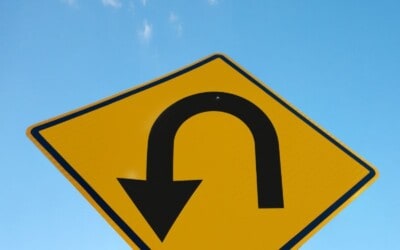

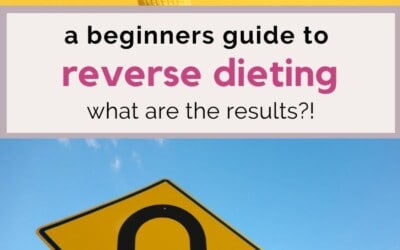

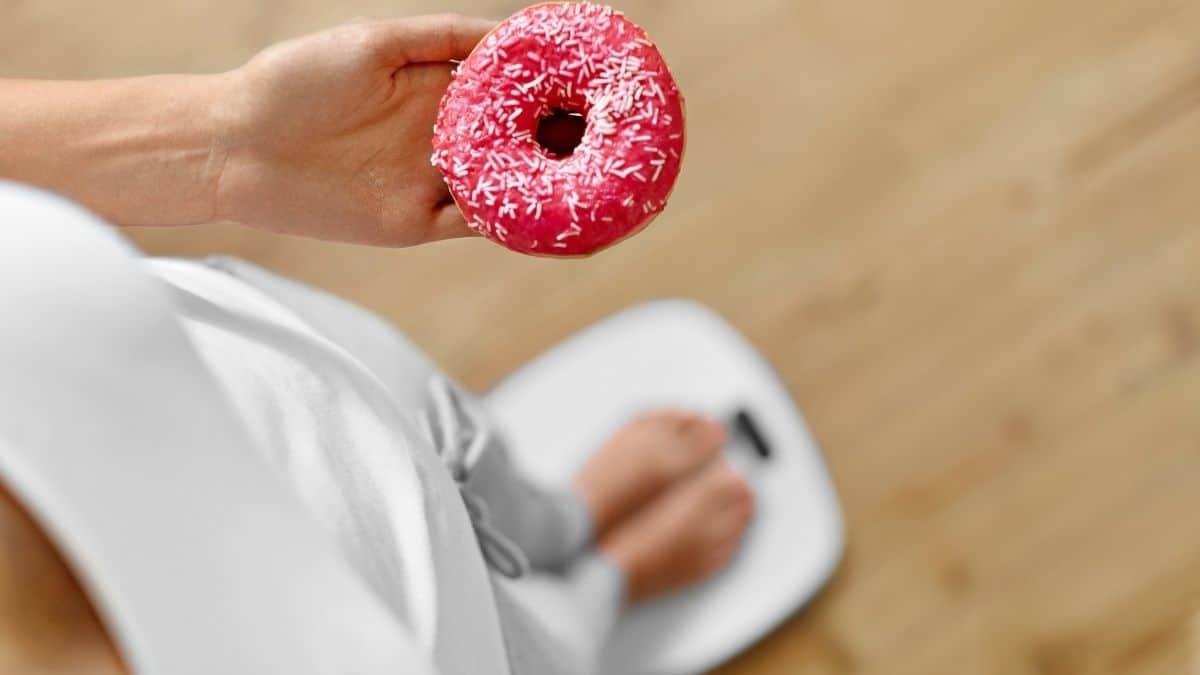
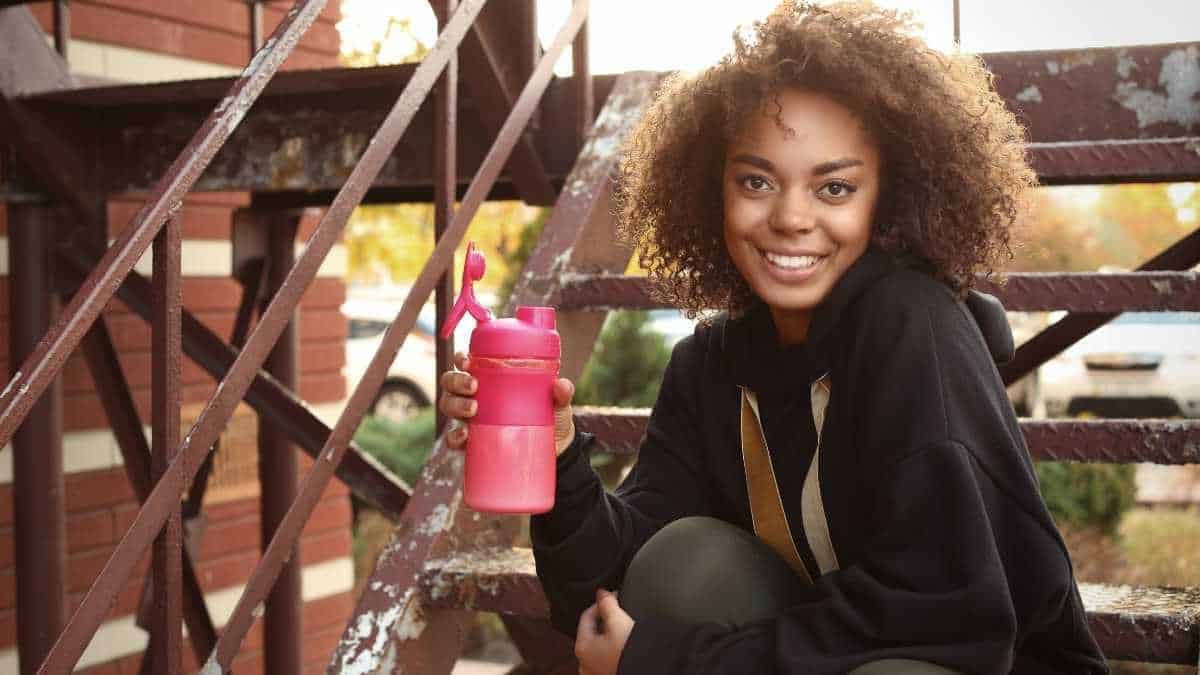

Leave a Reply